SKILLS: Executive Leadership, Team Management, Production, UX Design, Pixel Art, Illustration, Art Direction, Graphic Design, Storytelling, Game Design
Introduction
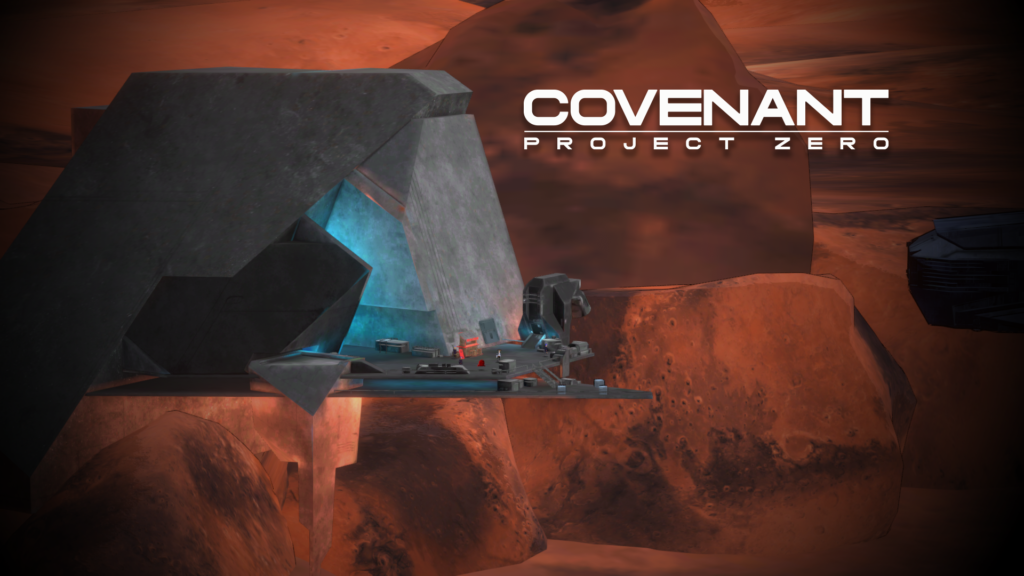
In early 2019, I started writing a draft for, what I thought, was going to be my first Sci-Fi novel. It was about a space anti-hero kind of character, roguish captain with a crew of misfits getting into an adventure of a life-time. As the pandemic hit, it was not easy to adjust and the project looked like I will never be able to see it through. Real-life events hit. Being a father to two young children, our family trying to find their way as we have moved from the USA to The Netherlands, a completely broken world without a solid concept how to do work in this new reality. One thing caught up with another and my space opera dream was shelved, seemingly forever.
However, in 2021, I started my own small business in The Netherlands. It was a creative tech company focused on supporting bigger VFX studios with work but also looking to do something on it’s own, aiming to break into the gaming industry. I kept trying to work things out as an entrepreneur so I dusted off my script draft from ages ago, and started developing it into something different.
This time I decided that it was gonna be a low-key, indie space opera action adventure game. I called the series in old pulp-crime novel fashion by the last name of titular character John Covenant, and the first game in series was called “Project Zero”, thus Covenant: Project Zero was started as the first game project of the company.
Then I set out to write the entire universe in which the game would take place, a dystopian future ruled by massive interstellar corporations rather than governments, regimes or parliaments. Once the story was done I was ready to move on.
I found and hired some young and talented developers through the company, even managed to find a few interns through the Dutch educational system. I setup an office in Amsterdam and finally got the ball rolling on the production and development of C:PZ (internal shortened game name) in mid-2021.
The Artwork
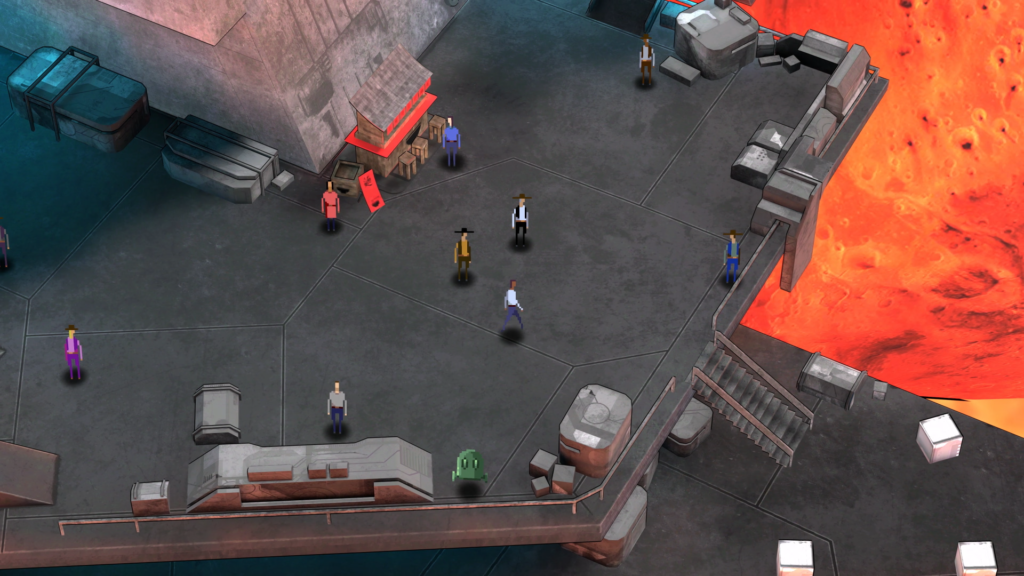
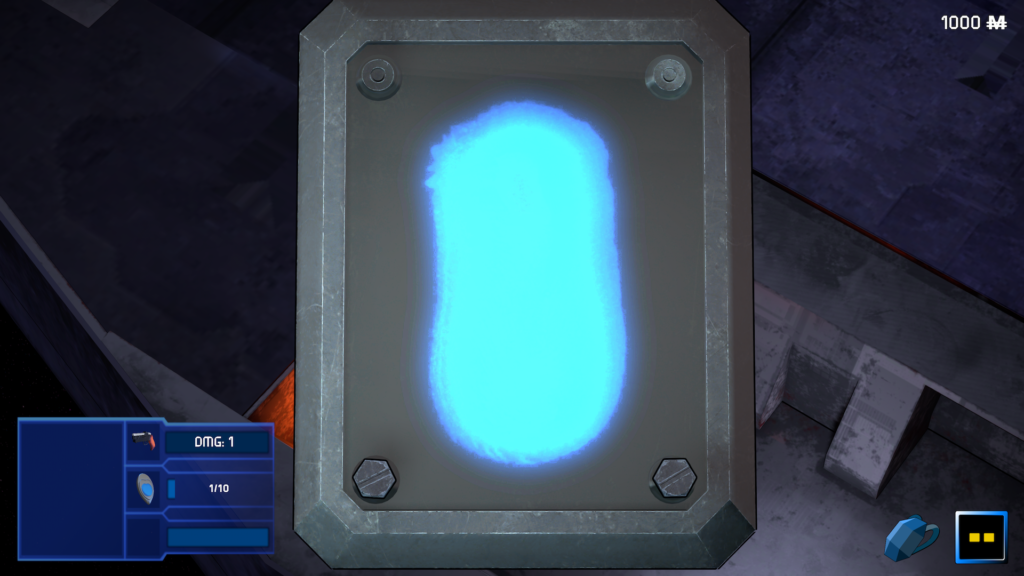
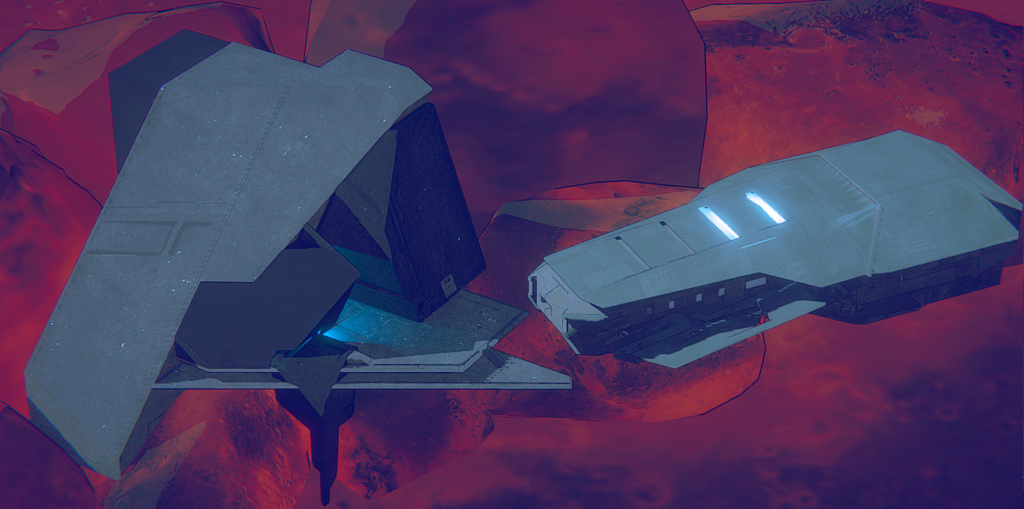
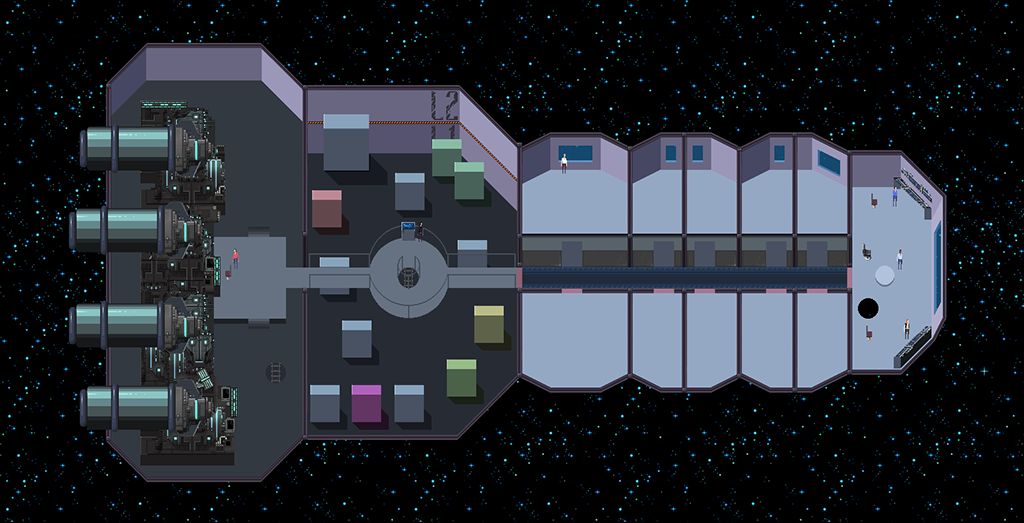
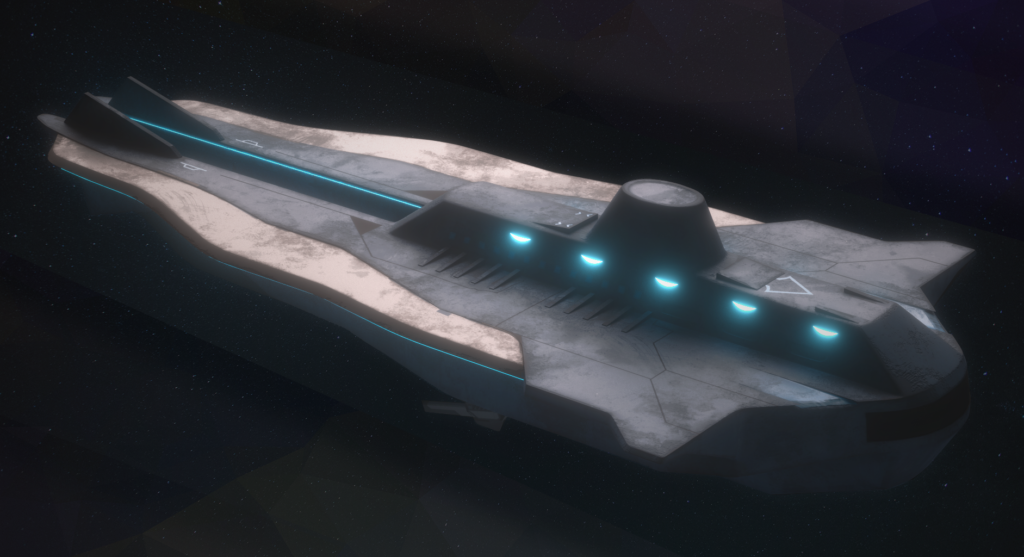
I started doing pixel art all the way back in the 90s, mostly as a graphician/illustrator releasing my work on the European Demoscene. I competed in Demoscene competitions, even won a few facing some serious and talented contenders, and along the way really developed fondness of this form of art. Covenant for me was pretty much a pixel art refresher, since I fell out of both pixel art and demos during my time in the high-end VFX business in USA, rising through the ranks from digital compositor to VFX supervisor.

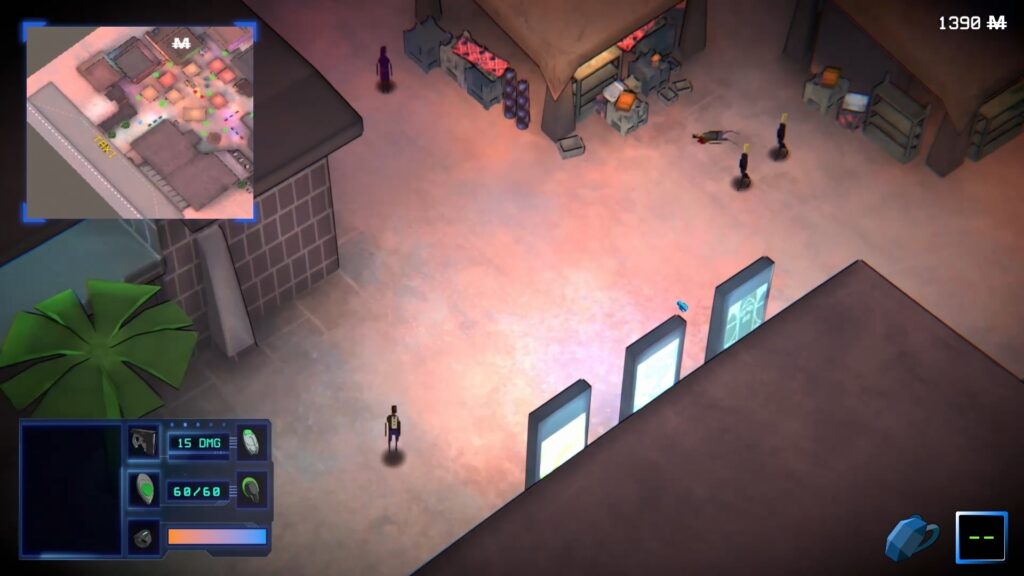
My goal was that even the CG work had to have a pixel-art feel, or at least to complement it, fit within the visuals in harmony. The early feedback I got was very promising, so I just kept on driving that truck down the road, refining a dot here a dot there.
For the character portraits at first I drew them all for both main characters and NPC’s as tiny 32×32 pixel art pieces, but then – as I was experimenting with some machine learning coding, I ran them through my own ML system using some open source hugginface models to see if I can uprez them and make them a little more fancy for a better user experience. It turned out pretty well, and I was happy with the results.
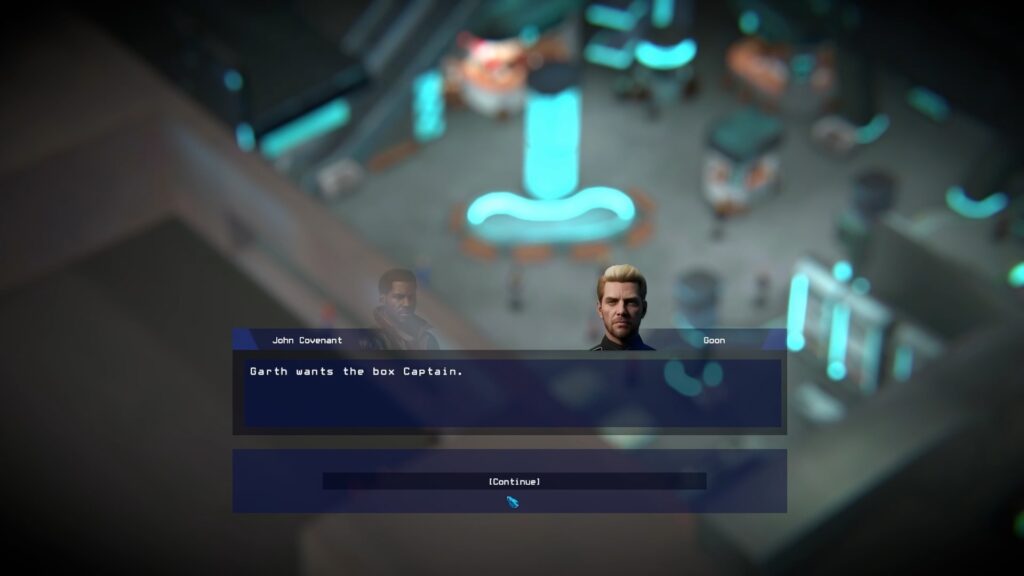
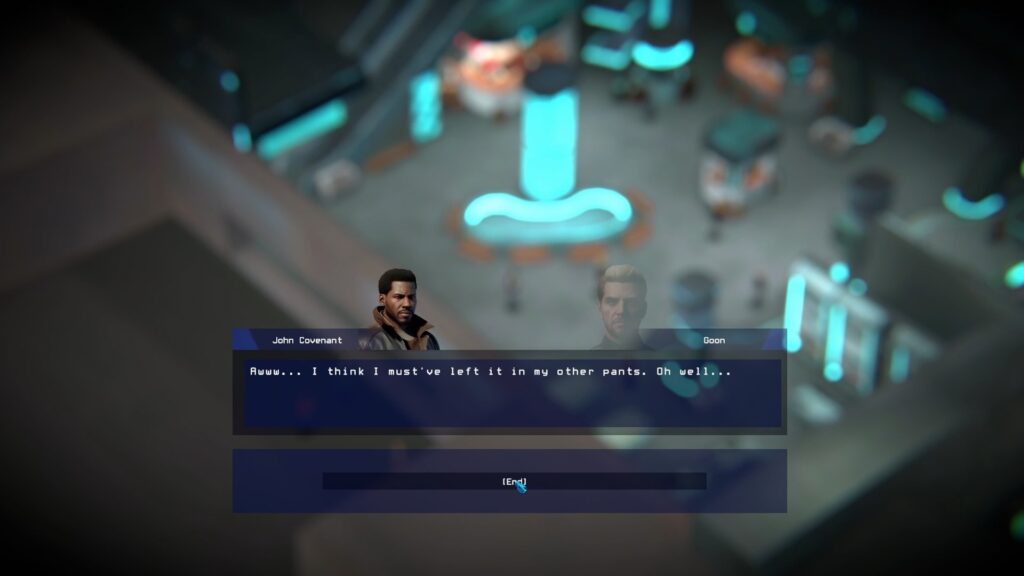
Last but not least – I helped our lead CG artist to develop game cut scene cinematics. We had quite a few of those in the game, too. He had a good hand and feel for animation and did a remarkable job, and our sound designer and music composer (along myself and my tiny music contribution) added some outstanding tunes to them and the entire game.
It was a joy to work hands on literally across every art department, all while producing the game and setting – and moving – realistic release dates. Proper soul food.
UX Design
Games have a need as great as any types of software apps for a meticulously made UX design. Maybe even more, as the gamers are notoriosly some of the toughest clients to please. From the interface, to quickly saving and loading games, to just feeling good while playing, I put a lot of thought into making it all feel right. So, it’s a good thing to be a gamer at least a little bit.
I was going for a retro game look, so all the design pieces had to follow suite to that general approach. Components were constructed and designed with regards to different resolutions game might be played in, and both iOS and Android versions awaited down the line, so we tried to take that into consideration, too. Several visual demos like the one above were delivered to the lead devs to make sure it’s all done per my expectations. I had to design, draw, move things around a lot, and often dived into our engine of choice (Unity 3D) to make sure the UX was both slick looking and functional.
Development
The game was created using Unity 3D, a 3D engine that is the most widely used game making environment in the world today. Most of the code base was in C#, a language I was not super familiar with my background in VFX, but fortunately I had enough C++ in my school (a few decades before) to get the syntagm so I could tweak some code per need. I’m actually still tweaking it from time to time.
One major thing for me was that the game had to be both controlled with the usual point-and-click mouse+keyboard system, but also with a game control. Implementing it was a process I closely supervised like all other aspects of the game development, but it really adds to experience to grab your joypad and rock on!
Conclusion
For all it’s nuances and the precious life experience, Covenant: Project Zero ended up being a titanic effort for my company’s small team. Maybe even a bridge too far in many ways, but we still did it. We all had to wear a whole bunch of hats, had many long days and sleepless nights, and the release date was moved half a dozen times. It was a small and niche-game, we had some good feedback from players, but it didn’t change our lives financially that much. What it did change is my fundamental understanding of the creative tech process and leadership as an artform in it’s own right.
It was a wealth of experience that made me both into someone with a profoud understanding of UX design and managing a whole bunch of software devs and artsy people combined on a project. VFX is not always like that, things often don’t get very “under-the-hood” technical. This was very different. It was all under the hood, all the time.
The game is available on Steam for PC & Mac, and also we have a version on both the Apple iOS and Android store. Search up Covenant: Project Zero, and happy gaming!